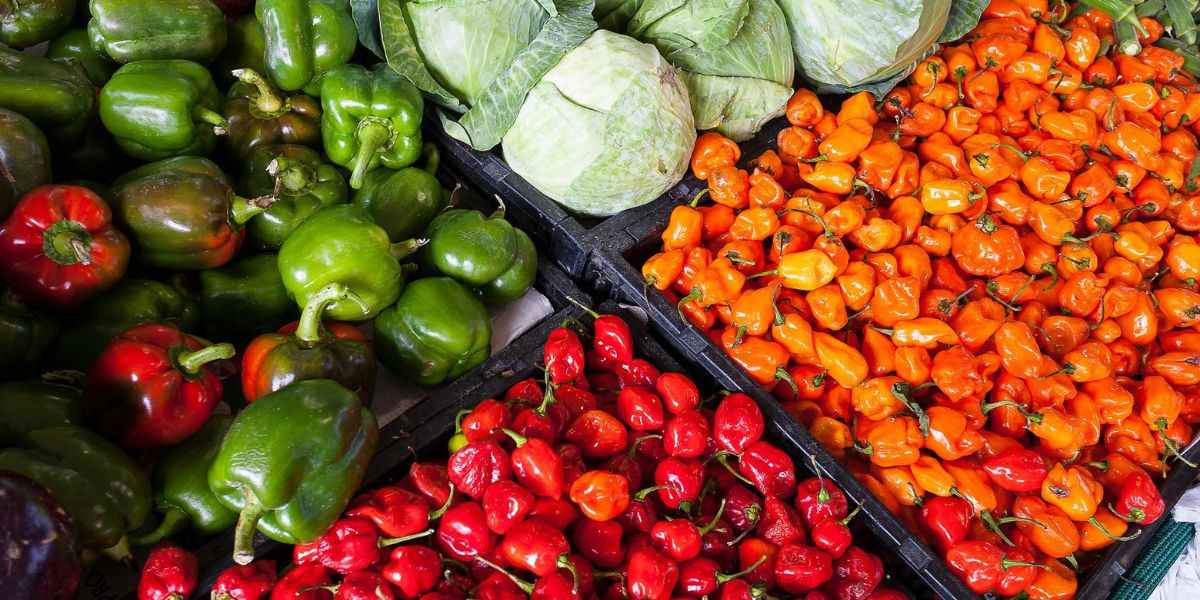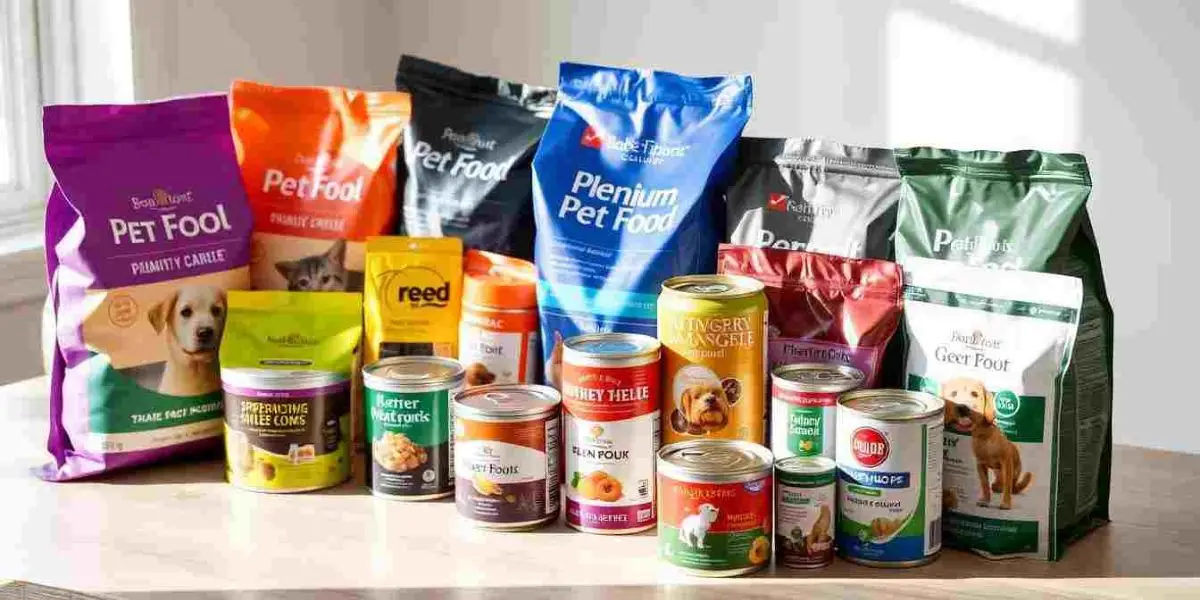Organic Food Business in the USA: The organic food industry in the USA has seen exponential growth over the last decade. Consumers are becoming increasingly conscious of their health, environmental impact, and food quality, leading to a surge in demand for organic products. If you’re considering venturing into the organic food business, you’re on the right track toward a profitable and sustainable enterprise.
This article provides a detailed roadmap to launching, running, and expanding a successful organic food business in the USA. We’ll discuss market trends, legal requirements, challenges, and strategies for long-term success.
Why Start an Organic Food Business?
The organic food market in the USA is booming. According to the Organic Trade Association (OTA), organic food sales surpassed $60 billion in 2023, with a steady growth rate of 5-10% annually. Here’s why this industry is a lucrative opportunity:
Also Read
- Rising Health Consciousness: More people are prioritizing healthier eating habits.
- Environmental Sustainability: Organic farming reduces the use of synthetic pesticides and fertilizers.
- Government Incentives: The USDA provides grants and certifications for organic farming.
- Premium Pricing: Organic products often sell at higher prices, yielding better profit margins.
Understanding the Organic Food Market in the USA
Consumer Demographics
The primary consumers of organic food include:
- Millennials and Gen Z: Prefer organic and sustainable products.
- Parents: Choose organic for their children’s health.
- Health-Conscious Individuals: Prioritize chemical-free and nutrient-dense food.
Popular Organic Food Categories
- Organic Fruits and Vegetables: The largest segment in the organic food market.
- Organic Dairy Products: Includes milk, cheese, and yogurt.
- Organic Meat and Poultry: Free from antibiotics and synthetic growth hormones.
- Organic Packaged Foods: Includes snacks, cereals, and frozen meals.
- Organic Beverages: Such as juices, coffee, and plant-based milk.
Market Trends
- E-commerce Growth: Online organic food sales have surged post-pandemic.
- Plant-Based and Vegan Organic Foods: Gaining popularity.
- Organic Meal Kits: A growing sector among urban consumers.
Steps to Start an Organic Food Business
1. Identify Your Niche
Before diving in, determine what type of organic food business you want to start:
- Organic Farming
- Organic Food Processing
- Retail (Organic Grocery Store)
- Online Organic Food Delivery
- Organic Restaurant or Café
2. Develop a Business Plan
A solid business plan should include:
- Market research
- Target audience
- Product offerings
- Pricing strategy
- Financial projections
- Marketing plan
3. Legal and Regulatory Requirements
To ensure compliance with US laws, follow these steps:
Organic Certification (USDA)
- Apply for USDA Organic Certification through an accredited certifying agency.
- Maintain compliance with organic farming and processing standards.
- Expect annual inspections and audits.
Business Licenses and Permits
- Food Business License: Issued by local health departments.
- FDA Registration: Required if dealing with packaged food.
- EIN (Employer Identification Number): Needed for tax purposes.
- State Sales Tax Permit: If selling directly to consumers.
4. Sourcing Organic Ingredients
If you’re not farming, you’ll need USDA-certified organic suppliers. Look for local farms, wholesale distributors, or organic importers.
5. Branding and Packaging
- Eco-friendly Packaging: Consumers prefer biodegradable or recyclable materials.
- USDA Organic Labeling: Ensure compliance with the organic seal guidelines.
- Clear Product Information: Include nutrition facts, ingredients, and certifications.
6. Distribution Channels
Decide where and how to sell:
- Physical Stores: Set up a retail outlet or distribute to supermarkets.
- Online Store: Use Shopify, Amazon, or your own eCommerce website.
- Farmers’ Markets: Build direct relationships with customers.
- Wholesale Supply: Sell to restaurants, cafés, and other retailers.
Challenges in the Organic Food Business
Despite its lucrative nature, the organic food industry comes with challenges:
1. High Production Costs
Organic farming and processing require stringent standards, increasing production costs.
2. Certification Process
The USDA Organic certification process can be time-consuming and costly.
3. Supply Chain Management
Ensuring a steady supply of organic ingredients can be challenging.
4. Pricing and Competition
Organic products often have higher prices, making competition with non-organic alternatives tough.
Growth Strategies for Your Organic Food Business
1. Digital Marketing and Social Media
Leverage platforms like Instagram, Facebook, and TikTok to showcase your products and engage with customers.
2. Partner with Health and Wellness Influencers
Collaborate with fitness trainers, nutritionists, and bloggers to expand your reach.
3. Offer Subscription Boxes
Introduce a weekly or monthly organic food box to build a loyal customer base.
4. Focus on Sustainable Practices
Consumers appreciate ethical and eco-friendly brands.
5. Expand Your Product Line
Diversify into organic snacks, ready-to-eat meals, or plant-based alternatives.
Cost and Profitability Table
Below is a basic cost and profitability breakdown for an organic food business:
| Expense Category | Estimated Cost (USD) |
| Organic Certification | $500 – $3,000 |
| Equipment & Setup | $10,000 – $50,000 |
| Raw Material Procurement | $5,000 – $20,000 |
| Marketing & Branding | $2,000 – $10,000 |
| Licenses & Permits | $500 – $2,000 |
| Total Initial Investment | $20,000 – $100,000 |
| Estimated Monthly Revenue | $10,000 – $50,000 |
| Estimated Profit Margin | 20% – 40% |
Organic food business ideas
Starting an organic food business can be a profitable and sustainable venture, given the rising consumer demand for healthy, chemical-free food. Entrepreneurs can explore various business ideas, including launching an organic grocery store, creating an organic meal delivery service, or even starting an organic farm-to-table café. Other innovative ideas include developing organic skincare products, selling organic spices and herbs, or producing organic baby food. With increasing awareness about environmental sustainability and the health benefits of organic products, this industry offers significant opportunities. However, success in this field requires a strong commitment to organic certification, ethical sourcing, and effective digital marketing strategies to reach eco-conscious consumers.
USDA organic requirements
The USDA organic requirements set strict standards for food and agricultural products to be labeled as organic in the United States. These guidelines, established by the National Organic Program (NOP), regulate how crops, livestock, and processed products must be grown, raised, and handled. Organic crops must be cultivated without synthetic pesticides, genetically modified organisms (GMOs), or artificial fertilizers, while organic livestock must be raised with access to the outdoors and without antibiotics or growth hormones. Additionally, organic food processing prohibits the use of artificial preservatives, colors, or flavors. To earn the USDA Organic Seal, farms and businesses must undergo rigorous inspections and maintain compliance with sustainable and environmentally friendly agricultural practices.
FAQs
Is the organic food business profitable in the USA?
Yes, the organic food industry is highly profitable due to increasing consumer demand. However, success depends on branding, quality, and marketing efforts.
How do I get USDA Organic certification?
Apply through a USDA-accredited certifier, undergo an inspection, and meet the required organic standards.
What are the main challenges in the organic food business?
High production costs, regulatory compliance, and maintaining supply chain efficiency are common challenges.
How can I market my organic food business?
Use social media, influencer partnerships, local farmers’ markets, and SEO-optimized content to attract customers.
Where can I source organic ingredients in the USA?
You can find USDA-certified organic suppliers through online directories, organic trade fairs, and wholesale markets.
How can I make my organic food business stand out?
Focus on quality, sustainability, transparency, and innovative product offerings to differentiate your brand.
Conclusion
The organic food business in the USA presents an exciting and profitable opportunity for entrepreneurs passionate about health and sustainability. With the right strategy, compliance with USDA standards, and strong branding, you can build a successful organic food business.
By following this guide, you’ll be well on your way to making a meaningful impact in the food industry while running a profitable venture.









